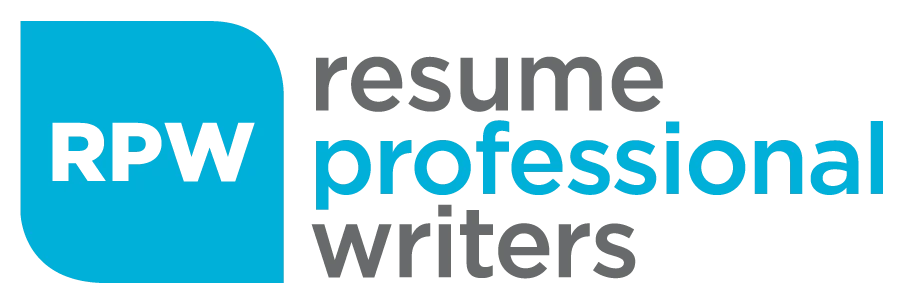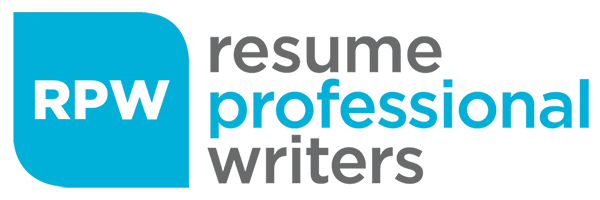At Resume Professional Writers, we understand the pivotal role of career development programs in today’s dynamic workplace. These initiatives are essential for nurturing talent, driving organizational success, and fostering employee satisfaction.
In this post, we’ll explore the key objectives of effective career development programs and how they benefit both individuals and companies. From skill enhancement to aligning personal aspirations with business goals, we’ll uncover the strategies that make these programs truly impactful.
How Can We Foster Employee Growth and Skill Development?
1. Pinpoint Skill Gaps
The first step in fostering employee growth is to identify skill gaps. We recommend a combination of performance reviews, self-assessments, and manager feedback to create a comprehensive skill inventory. Tools like SkillSurvey or Pluralsight Skills provide data-driven insights into areas where employees need improvement.
After identifying skill gaps, create personalized development plans. These plans should outline specific skills to develop, timelines for achievement, and available learning resources. A LinkedIn report shows that 94% of employees would stay at a company longer if it invested in their learning and development.
2. Implement Effective Training Programs
Provide diverse learning opportunities to address skill gaps. We suggest a mix of on-the-job training, e-learning platforms, and instructor-led workshops. Platforms like Udemy for Business or Coursera for Teams offer a wide range of courses tailored to individual needs.
For technical skills, partner with local colleges or universities to offer specialized training. For soft skills development, use role-playing exercises and simulations. The American Society for Training and Development reports that companies offering comprehensive training programs have 218% higher income per employee than those with less comprehensive programs.
3. Promote Continuous Learning
Encourage a culture of continuous learning for long-term employee growth. We recommend a learning stipend program, where employees receive an annual budget for professional development activities of their choice. Companies like Etsy and Airbnb have successfully implemented such programs, leading to increased employee satisfaction and skill acquisition.
Create internal knowledge-sharing platforms as another effective strategy. Regular “lunch and learn” sessions (where employees share their expertise with colleagues) foster a collaborative learning environment. A study by Deloitte shows that organizations with a strong learning culture are 52% more productive and 17% more profitable than their peers.
4. Measure and Adjust
To ensure the effectiveness of your career development initiatives, implement regular assessments. Use metrics such as skill acquisition rates, employee satisfaction scores, and productivity improvements to gauge success. Try to conduct quarterly reviews of your programs and adjust them based on feedback and results.
These strategies will help organizations create robust career development programs that address current skill gaps and prepare employees for future challenges. As we move forward, it’s essential to consider how these individual growth efforts align with broader organizational objectives.

How to Align Individual Goals with Company Objectives
At Resume Professional Writers, we recognize the importance of aligning individual career aspirations with organizational goals. This alignment drives employee satisfaction and propels company growth. Let’s explore practical strategies to achieve this synergy.
1. Implement Career Mapping
Career mapping aligns individual and organizational objectives effectively. Start with in-depth employee interviews to understand their long-term career goals. Work with department heads to identify future skill needs and potential roles within the company. Use this information to create visual career paths that show employees how they can grow within the organization.
Software company Asana uses a career development framework that outlines clear expectations for each role and level. This transparency helps employees understand what they need to do to advance and how their growth contributes to company goals.
2. Establish a Goals Program
A structured goals program links individual objectives to company-wide targets. The Objectives and Key Results (OKR) framework (popularized by Google) ensures that every employee’s goals ladder up to broader organizational objectives.
Set quarterly OKRs at the company, team, and individual levels. Encourage employees to create at least one personal development goal that aligns with company needs. For instance, if expanding into new markets is a company objective, an employee might set a goal to learn a new language relevant to those markets.
3. Create Cross-Functional Projects
Cross-functional projects align individual growth with organizational needs. These projects allow employees to develop new skills, broaden their understanding of the business, and contribute to company-wide initiatives.
LinkedIn’s [in]cubator program (an internal initiative where employees pitch ideas and work on projects outside their regular roles) has led to the development of successful features like LinkedIn Salary, while also providing growth opportunities for employees.
4. Personalize Learning and Development
Tailor learning and development programs to both individual aspirations and company needs. Use data from career mapping and goal-setting exercises to inform your L&D strategy. Offer a mix of internal training, external courses, and on-the-job learning opportunities.
Amazon’s Career Choice program pays up to 95% of tuition for courses in high-demand fields (even if they’re not directly related to Amazon’s business). This approach supports employee growth while potentially filling future skill gaps in the company.
These strategies create a win-win situation where employee growth directly contributes to company success. Open communication and regular reassessment of both individual and organizational needs ensure continued alignment. As we move forward, let’s explore how these aligned goals can enhance employee engagement and retention.

How to Boost Employee Engagement and Retention
At Resume Professional Writers, we understand that engaged employees form the foundation of any successful organization. We will explore practical strategies to enhance employee engagement and retention, building on our previous discussions about fostering growth and aligning goals.
Implement a Robust Mentorship Program
Mentorship programs serve as powerful tools for engagement and retention. A study by Deloitte reveals that employees with mentors are 23% more likely to remain with their current employer. To create an effective mentorship program:
- Define clear objectives and expectations for both mentors and mentees.
- Provide training for mentors to ensure they can effectively guide their mentees.
- Use mentorship software (such as MentorcliQ or Chronus) to facilitate matching and track progress.
- Encourage reverse mentoring, where junior employees mentor senior staff on topics like new technologies or emerging trends.
Recognize and Reward Achievements Meaningfully
Recognition drives employee engagement. A Gallup study found that employees who receive regular recognition are 5 times more likely to stay at their jobs. Here’s how to create an impactful recognition program:
- Implement a peer-to-peer recognition platform to encourage daily appreciation.
- Tie rewards to company values and specific achievements to reinforce desired behaviors.
- Offer a mix of monetary and non-monetary rewards (extra time off, learning opportunities, or charitable donations in the employee’s name).
- Celebrate milestones publicly through company-wide emails, team meetings, or digital displays in the office.
Foster Internal Mobility
Internal mobility benefits both employees and employers. LinkedIn’s Global Talent Trends report shows that companies with high internal mobility retain employees for an average of 5.4 years (nearly twice as long as companies with low internal mobility). To promote internal mobility:
- Create a transparent internal job board where all open positions appear before external recruitment.
- Implement a “tour of duty” program where employees can try out different roles for a set period.
- Offer job shadowing or short-term assignments in other departments to broaden employees’ skills and network.
- Use talent marketplace platforms to match employees’ skills with internal opportunities.

These strategies help organizations create an environment where employees feel valued, challenged, and committed to long-term growth within the company. Engaged employees not only stay longer but also demonstrate higher productivity and innovation, driving overall business success. To further enhance your career prospects, consider crafting a compelling resume summary that highlights your key skills and achievements.
Driving Career Growth for Lasting Impact
Career development program objectives focus on employee growth, goal alignment, and engagement enhancement. Organizations must identify skill gaps, provide diverse learning opportunities, and promote continuous professional development. These initiatives not only benefit employees but also contribute to organizational success by ensuring a skilled and motivated workforce.
To achieve this, career mapping, goal-setting programs, and personalized learning opportunities create a symbiotic relationship between employee development and business objectives. Robust mentorship programs, meaningful recognition systems, and internal mobility opportunities further enhance employee engagement and retention. By implementing these strategies, organizations foster an environment where employees feel valued and committed to long-term growth.
In addition to these initiatives, regular feedback and performance assessments are essential for the effectiveness of career development programs. By cultivating a culture of open communication, organizations empower employees to recognize their strengths and identify areas for improvement. Tools like 360-degree feedback and one-on-one check-ins offer the guidance needed for navigating career paths, ensuring alignment between individual goals and the organization’s mission. This ongoing dialogue not only fosters personal growth but also cultivates a capable and engaged workforce.

Elevate Your Career with Resume Professional Writers
Effective career development programs play a crucial role in fostering employee growth, aligning individual goals with organizational objectives, and enhancing engagement and retention. By pinpointing skill gaps, implementing diverse training programs, and promoting a culture of continuous learning, organizations can cultivate a motivated workforce poised for success. These strategies empower employees to reach their full potential while contributing to the overall health and performance of the company.
As you focus on your career development, our resume writing services at Resume Professional Writers can help you stand out in a competitive job market. With a team of experts crafting tailored resumes, we highlight your unique skills and achievements, ensuring you make a lasting impression on potential employers. Let us help you unlock new career opportunities and take the next step toward your professional aspirations!








